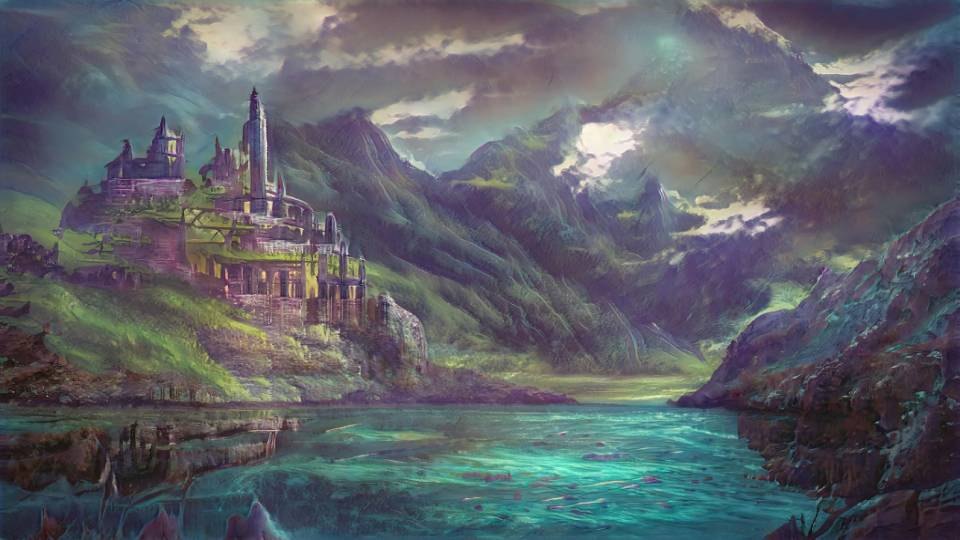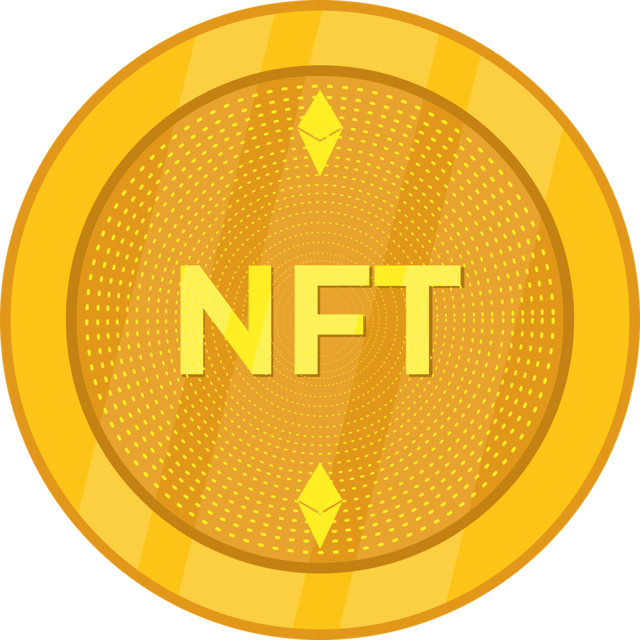
|
vlrPhone |
Multimedia Codecs Based on FFT and Compatible with the NFT, the Crypto Art and the Generative Art

We have recently introduced new methods for the compression, the decompression and the transport of media (audio, image and video).
For more information, see at the following addresses:
Image and Video Compression
Long Distance Communications
This information is written for investors, developers and decision makers.
This article aims to demonstrate how these methods can be used to build media-based blockchain networks compatible with the NFT, the crypto art, and the generative art, using the images.
For more information on the blockchains and the NFT (Non-Fungible Token), see at the following addresses:
NFT
Blockchain
The blockchains rely on asymmetric cryptography (public key, private key).
Since the 1995 publication of Peter Shor's algorithms for solving the discrete logarithm problem and the integer factorization problem, the cryptographic constructs whose security relies on the discrete logarithm problem (notably Diffie-Hellman key exchange and ECDSA signature), or on the integer factorization problem (notably RSA signature) are theoretically vulnerable to an attacker with a sufficiently large and reliable quantum computer.
Several so-called post-quantum algorithms have been standardized or are in the process of being standardized to resist quantum attacks.
For more information on this topic, see at the following address:
Post-Quantum Cryptography
In the "Long Distance Communications" document, we described a media-oriented blockchain based on our audio, image, and video compression methods, using the phases of the background plane to transport the hashes resulting from the validation.
Each block in the chain consists of a piece of media (audio, image, or video), and the chaining is carried out via the background phases.
For the media, for example, for the images, we keep the foreground and the background without phases. This allows for a near-perfect preview of the image.
We compress the image with the codec of our choice, hash the codec data, and distribute these hashes across the background phases.
Depending on the number of points used for the foreground, the result can be invisible or slightly visible. The result is, in any case, compatible with the artistic images and the NFT.
We have given two examples of use:
- To ensure true chaining, the background is divided into two parts: one part contains the hashes of the document compressed with the codec of choice, the other part contains the hashes of the previous complete block in the chain.
- The current block is divided into three parts: a left part resulting from the validation of the previous block, a central part containing the useful information, and a right part resulting from the validation of the current block. The right part of the current block will be the left part of the next block to be validated.
Other combinations are, of course, possible.
Regarding the background, we can, for example, use a YUV or YCbCR decomposition and use the Y background, or start directly from an RGB decomposition and use the background of the desired component(s).
Notes:
- This is not a digital watermark on the amplitudes. This method uses correlations with identical data on both the transmitter and receiver sides.
- It is also not a stenography. This process is very fragile and does not support compression. Furthermore, we are not trying to hide information, but we are trying to convey it in a more or less visible way.
- Our methods integrate with compression processes and use phases, which are particularly resistant to the distortions.
- Audio (voice and music) can be used: simply use FFT and a two-plane decomposition.
- Video can be used: simply work frame by frame.
- If you want to use text, you must use an image (scanned document).
Additional Notes:
- A secondary (media-oriented) blockchain can be created that will be connected to a larger (classic) blockchain via a sidechain.
- Each block can be viewed or heard (via software), and the information can be verified directly.
- With images, each block is printable. By imposing a few additional specifications, the printed image can be scanned, the information can be retrieved and verified directly.
Physical paintings are affected by this aspect.
- With images, digital assets (tokens) can be created that are non-duplicable, issued, and exchangeable on a blockchain network.
Using a three-part decomposition, the background phases of the central part can be used to update current information and point to additional information.
In this case, the background phases of the central part should not participate in the validation of the current block.
For more information, see at the following addresses:
Image and Video Compression
Long Distance Communications
This information is written for investors, developers and decision makers.
This article aims to demonstrate how these methods can be used to build media-based blockchain networks compatible with the NFT, the crypto art, and the generative art, using the images.
For more information on the blockchains and the NFT (Non-Fungible Token), see at the following addresses:
NFT
Blockchain
The blockchains rely on asymmetric cryptography (public key, private key).
Since the 1995 publication of Peter Shor's algorithms for solving the discrete logarithm problem and the integer factorization problem, the cryptographic constructs whose security relies on the discrete logarithm problem (notably Diffie-Hellman key exchange and ECDSA signature), or on the integer factorization problem (notably RSA signature) are theoretically vulnerable to an attacker with a sufficiently large and reliable quantum computer.
Several so-called post-quantum algorithms have been standardized or are in the process of being standardized to resist quantum attacks.
For more information on this topic, see at the following address:
Post-Quantum Cryptography
In the "Long Distance Communications" document, we described a media-oriented blockchain based on our audio, image, and video compression methods, using the phases of the background plane to transport the hashes resulting from the validation.
Each block in the chain consists of a piece of media (audio, image, or video), and the chaining is carried out via the background phases.
For the media, for example, for the images, we keep the foreground and the background without phases. This allows for a near-perfect preview of the image.
We compress the image with the codec of our choice, hash the codec data, and distribute these hashes across the background phases.
Depending on the number of points used for the foreground, the result can be invisible or slightly visible. The result is, in any case, compatible with the artistic images and the NFT.
We have given two examples of use:
- To ensure true chaining, the background is divided into two parts: one part contains the hashes of the document compressed with the codec of choice, the other part contains the hashes of the previous complete block in the chain.
- The current block is divided into three parts: a left part resulting from the validation of the previous block, a central part containing the useful information, and a right part resulting from the validation of the current block. The right part of the current block will be the left part of the next block to be validated.
Other combinations are, of course, possible.
Regarding the background, we can, for example, use a YUV or YCbCR decomposition and use the Y background, or start directly from an RGB decomposition and use the background of the desired component(s).
Notes:
- This is not a digital watermark on the amplitudes. This method uses correlations with identical data on both the transmitter and receiver sides.
- It is also not a stenography. This process is very fragile and does not support compression. Furthermore, we are not trying to hide information, but we are trying to convey it in a more or less visible way.
- Our methods integrate with compression processes and use phases, which are particularly resistant to the distortions.
- Audio (voice and music) can be used: simply use FFT and a two-plane decomposition.
- Video can be used: simply work frame by frame.
- If you want to use text, you must use an image (scanned document).
Additional Notes:
- A secondary (media-oriented) blockchain can be created that will be connected to a larger (classic) blockchain via a sidechain.
- Each block can be viewed or heard (via software), and the information can be verified directly.
- With images, each block is printable. By imposing a few additional specifications, the printed image can be scanned, the information can be retrieved and verified directly.
Physical paintings are affected by this aspect.
- With images, digital assets (tokens) can be created that are non-duplicable, issued, and exchangeable on a blockchain network.
Using a three-part decomposition, the background phases of the central part can be used to update current information and point to additional information.
In this case, the background phases of the central part should not participate in the validation of the current block.
